Our new hero of the #CBfriends section is the brand chef of the Beluga Russian delicacies restaurant.
Anton spoke about his path in the profession, shared what is most important in becoming a professional, and explained the concept of caviar brasserie.
Tell us a little about yourself: how did you get into this profession?
My choice of profession was quite spontaneous. At school, my success left much to be desired - my mother realized that I was not going to win a medal, I was not going to college, and was most likely going to the army. On her initiative, I moved from the city of Sarov, where I was born, to Nizhny Novgorod. First, we went to see the institute where my sister was going to enroll, and there we learned about a technical school, where in a year they taught one of several professions of their choice - a pastry chef, an automobile mechanic and an accountant-cashier, in my opinion - you could become a cashier :) There was no Fast and Furious movie then, so the profession of a car mechanic didn’t really appeal to me, so I decided that I would be a cook.
I studied for a year, and after studying I was sent to practice in a cafe, where all the cooks were from the only four-star hotel in Nizhny Novgorod at that time. All the chefs were Croatians, and this is the European school of food and a very good base - broths, cream, custard sauces. I slowly began to enter the profession: at first it was a place where I went to work, and they gave me money for it, and after six months I began to like it. I was interested, and then I really wanted to learn how to flip a frying pan so that everything would fly - this could be a trump card in the company :)
Then all these chefs went to the Viennese Waltz restaurant and invited me with them - “Muscovites are opening a cool restaurant there,” and I went there, worked in the cold shop, the hot shop, the owners changed... I worked there for a total of 2, 5 years old and rose to the rank of sous-chef, helping with food service. There was no strict discipline at this job, there was no clear understanding of what should be done.
Then I worked as a sous chef at the Golden Fork restaurant with the first Italian chef in Nizhny Novgorod. The Italian turned out to be not at all as thorough as I imagined him to be, but I was still interested, and I gained a lot of experience. Soon the Italian left, and I stayed and worked for some time without him as an acting chef, but there was no understanding whether I was doing the right thing or not.
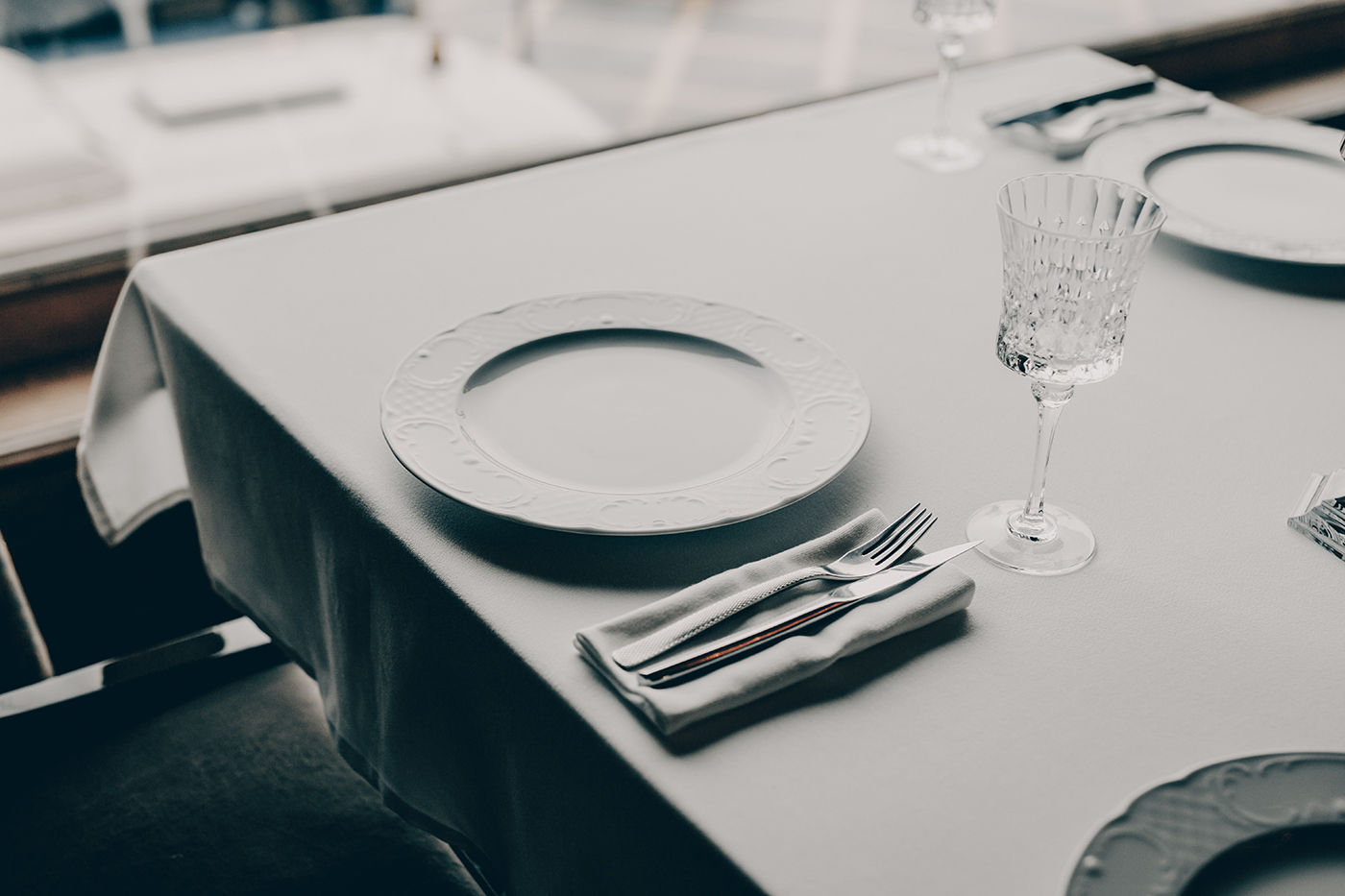
Then I met the guys who opened the Bezukhov restaurant on Rozhdestvenskaya. I did the testing, and they offered me a job, and while I waited six months for the opening, I developed recipes for another of their projects. This restaurant was something completely new on the Nizhny Novgorod market, a breakthrough. I liked working there - I did everything I could, there was a line of guests. The restaurant still exists, I think that a certain atmosphere has been preserved there.
When I started being a chef and earning some money, I started saving. I always wanted something new: I worked at the Chippolino restaurant in Moscow, and when I returned to Nizhny Novgorod, I realized that I needed to go somewhere further, that I needed to achieve more, to see what they were doing in Europe. My sister helped me write a resume, I chose the restaurants where I would like to go, sent my resume there, and that’s how my international internships happened. I was lucky; I don’t know how many other Russians from the provinces went somewhere with the same desire. You come as a student, stand in the kitchen, help, some let you help in the service, some don’t let you. My first place was in London - the Hibiscus restaurant, 2 Michelin stars, 48th place in the world at that time. Now this restaurant no longer exists, but the chef (Claude Bosi) opened the Bibendum restaurant three years ago in the former Michelin Guide building.
And, of course, once you see all this, you want even more knowledge. Six months after the first internship, I managed to go to Noma (Copenhagen) - I was the first Russian intern there, then to Chez Dominique in Helsinki, Frantzén in Stockholm, then I wanted to move to the States and went there for an internship - I spent a month in New York , Chicago and San Francisco.
Returning to Nizhny Novgorod, I realized that I wanted something more and left for Moscow - this was about 6 years ago, and that’s how my Moscow career began. First, I performed at the Omnivore festival, for which I thank Natalia Plasius, who organized it then. At the same time, I passed an interview and did a tasting for “22.13”, then there was “Fahrenheit” at the house of Dellos, and now I’m here.
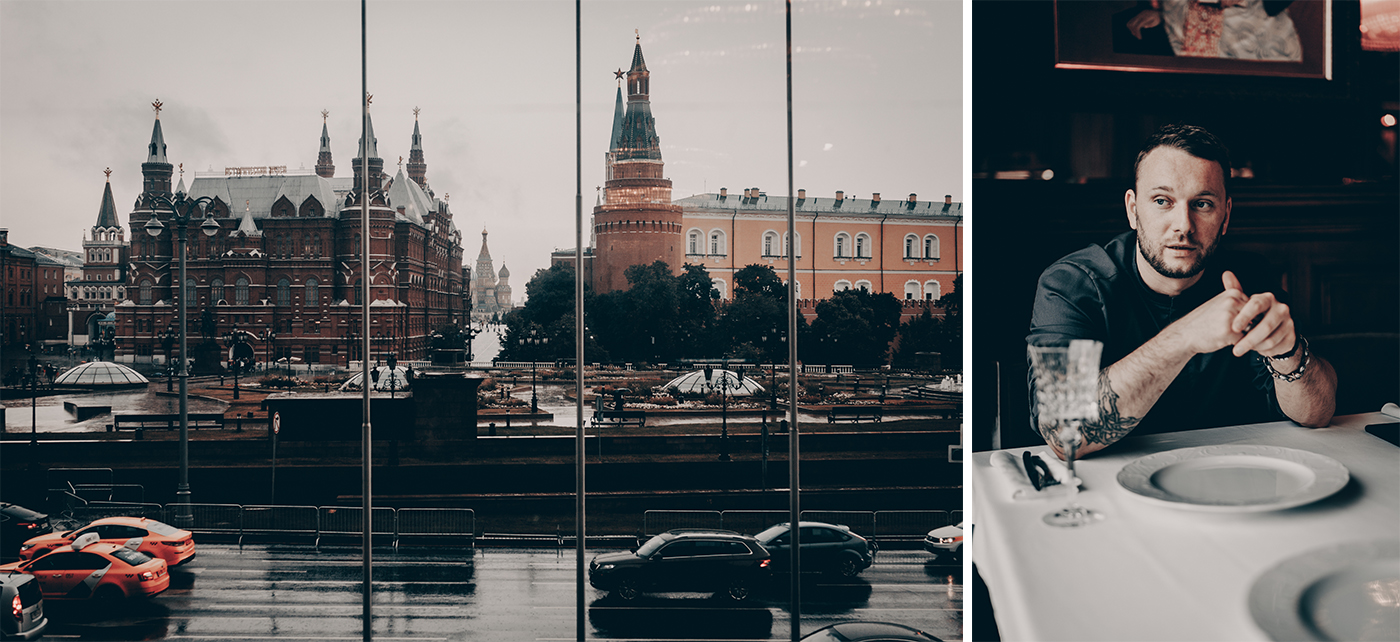
It is not surprising that with such an active position you reached Japan - you became involvedcom GEN Japan . Tell us how you got involved in this project and what it gave you?
I have always been inspired by Japan, this can be easily seen in my dishes, and this trip seemed to be sent to me from above - friends of friends wrote to me. My restaurant and Alexander Leonidovich Rappoport supported this initiative, and with a blessing I went - I managed to combine business with pleasure.
One of the organizers of GEN Japan , Yukako Saito, works directly with UNESCO, and this project is aimed at developing unpopular tourist destinations (everyone goes to Tokyo, Kyoto and Osaka) - we went to Fukuoka . First we visited restaurants in Tokyo, and in Fukuoka we studied the work of local craftsmen who produce sake , soy sauce, and miso . I was able to try everything from the original sources - when you know how it should be, you understand what to strive for.
We had a great experience - we visited many places, changed into yukata , tried kaiseki ... We went to the mountains to see a monk who told us how they collect roots and herbs. We were there during the so-called mountain vegetables season, and in all the restaurants they were present in different forms. In general, localization and seasonality were invented in Japan and have been practiced there for centuries: any kaiseki-style dinner reflects the seasonality of the products. This is something that eventually made its way into the tasting menus of European restaurants.
At the end of the project, we prepared a charity dinner, which was attended by chefs from Amsterdam, Belgium, Poland and the Maldives. All proceeds from this dinner went to charity and the development of the prefecture.
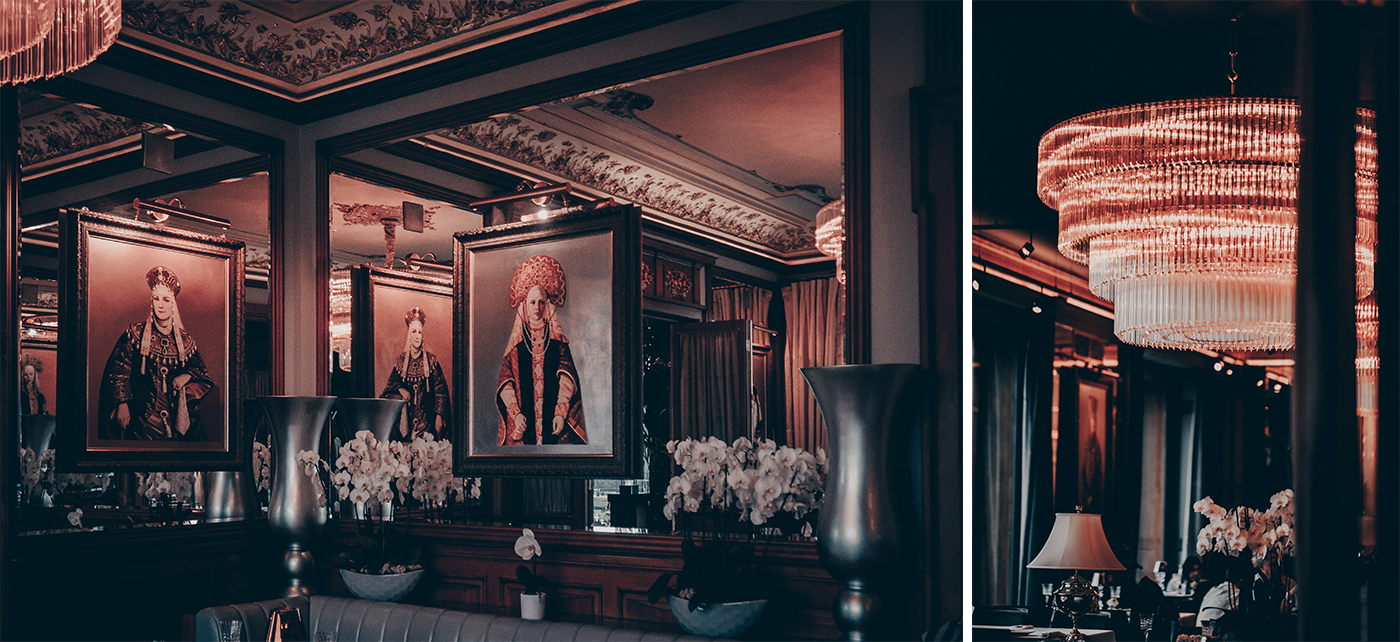
Almost immediately, another trip of yours to Japan took place - a chef competition as part of the G20 summit in Japan. Tell me, what did you do there?
I performed well during the first trip, and the same organizers called me. The G20 event itself began to use parallel activities, and in support of the political part, a friendly competition was organized in Osaka for chefs from participating countries. The competition was held on Awaji Island - they wanted to tell us about it. At first we prepared a national dish there, using local products, and in the final we had to prepare a dish only from local ingredients. For the first stage, I cooked buckwheat in misodashi mushroom broth with mushroom stew and local pickled mushrooms and local beef tataki. With this dish I made it to the finals and took bronze out of three prizes. The first two places were taken by Korea and Canada (the chef himself is Chinese). It was very cool and many judges singled out my dish.
Oddly enough, buckwheat is a fairly understandable product for the Japanese, but they do not eat it as a cereal. When we were in Tsuruoka (Yamagata), for example, we were immediately taken to a place where they make soba - noodles made from buckwheat flour. Therefore, I was interested in presenting it in such a way that they would rediscover it for themselves.
How did you start working at Beluga, why did you choose it, and why was the concept interesting to you?
Probably, it was not I who chose her, but I was first chosen for the meeting. The concept of the restaurant is close to me, because it is Russian cuisine, and I have been doing it all my conscious “cooking”. This has always been interesting to me, and naturally the restaurant of Russian delicacies attracted me. But I can’t say that this is Russian cuisine in its classic form. We are trying to do some kind of re-reading. We are preparing a gastronomic set and menu expansion for the fall.
Well, after talking with Alexander Leonidovich, we realized that we were looking in one direction, the vector was clear, and we decided to try. I think we both enjoy collaborating, and I am grateful for the trust and opportunity to realize our ideas and experiments. We hear each other, we are moving towards the same goal, and I think this givesthe restaurant to develop.

Let's take a closer look at the concept - what is a caviar brasserie?
We have one of the largest caviar lists in Europe - 14 types of black caviar and one white.
How are they different?
This is the beauty of our menu! I believe that we partly have an educational function, because for many black caviar is just black caviar, no one thinks about it. Guests come to the restaurant and ask if there is black caviar. You say - which one? And they answer: “Well, black.”
As a cook, I understood that there is beluga, stellate sturgeon, sterlet, sturgeon, but when you start to dive into it, you understand that, in addition to the division by type of fish, there is also a method of extraction, a method of processing, the percentage of salting, and this colossal difference in taste can only be known by comparison. The best thing you can do if you want to figure it out is try. Well, we, in turn, choose the best for our guests from the best suppliers.
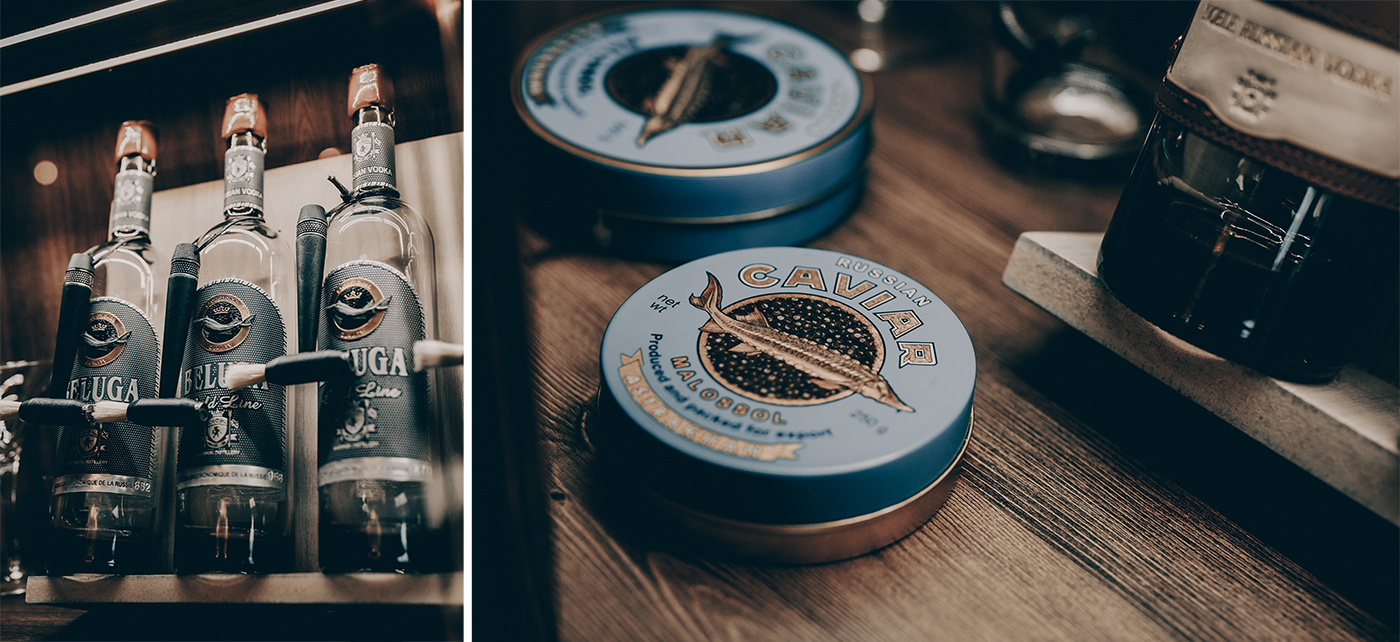
Blumenthal suggested eating black caviar with white chocolate, have you tried it?
Yes, I tried it, and his ideas for combinations were confirmed at the chemical level. And in general, it seems to me that if it is possible to combine different types of caviar with different types of products, then you need to offer the guest something new. For example, for the set we made an “Oreo” from black caviar - like a cookie, only from pressed caviar with butter and bread.
Can a guest's opinion influence your decision about a menu item or recipe change?
The opinion of one guest - of course not, but if 100 guests came to you, and 90 of them said that it was inedible, then no matter how brilliant a creator you are, this means that there is a problem with the dish.
Any criticism is a subjective thing. We all have different levels of preparation - some go to restaurants more and try new dishes and combinations, others go to the same place every day just to get enough and do not perceive food as something more. Even dividing criticism into different indicators - service, taste, presentation, you still get subjective opinions. So, when a guest says that he didn’t like it, he has the right to do so. We live in a time where everyone can speak up and provide feedback, but it is important to understand that this is subjective. For example, one of the chefs once told me that he came to the restaurant in a bad mood - the whole day somehow didn’t go well, and that’s all, he didn’t like the food at all. If he had come in a good mood the next day, then it is quite possible that he would have liked everything. A lot of factors influence our perception of food, but if these are factors such as weather, then in the restaurant this should not be felt, there should be a comfortable environment, and we try to do everything possible for this.
What are the main principles of Beluga in working with guests? How do you resolve conflict situations?
All this is individual, but we try to smooth out all the corners, and if for some reason the guest is dissatisfied and refuses the dish, we are ready to accept it, remove it, and treat it. We understand that the reason may be a bad mood, some subjective taste, or maybe the guest forgot to say that he has an allergy. We are very loyal to our guests and do not want them to have any negativity.
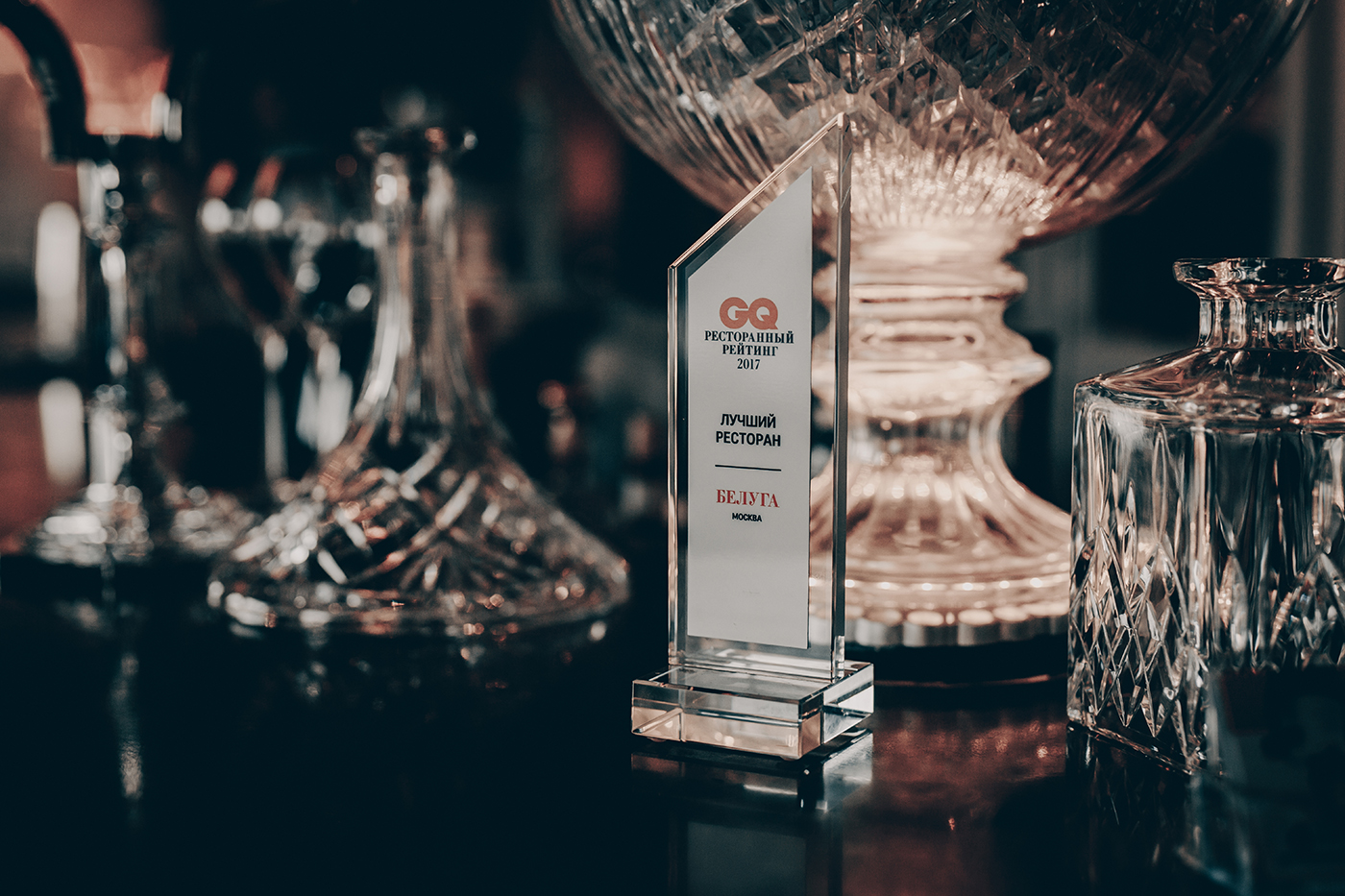
Is it difficult to come up with new dishes? What guides you when working on the menu, what inspires you?
As the great artists said, everything has already been invented for us a long time ago, and it is quite difficult to create something fundamentally new. The main menu is still something tailored to the guest so that he comes regularly. After all, when you go to a restaurant, you, as a rule, are not in the mood for a lot of experiments - you won’t often hear something like “let me order everything I don’t know” or “give me 3 unknown names of dishes and I’ll order it.” The guest sees Olivier, borscht, dumplings, cutlets and has a rough idea of what it is - there are certain markers of Russian home cooking that, when a person sees, he understands that this is a safe thing, and he is unlikely to not recognize it. So he will take, for example, two safe dishes and one new one.
In principle, I try to keep a balance so that the menu has such markers, but I don’t have the goal of being classic. For example, my dumplings are super atypical - not with minced meat, but with ready-made filling from stewed ribs, with hemp flour, and borscht - with smoked duck, black garlic and dried beets. The concept of the restaurant does not imply that it is a classic restaurant with canons. Here is a panel at the end of the hall made by a modern group of artists, Recycle Group - princesses are sitting on it, who, at first glance, look in mirrors, but in fact they look at their phones and take selfies. And this is pAnno perfectly reflects our concept: at first glance, we are very classic, but if you look closely, we are about modern food and a modern look.

How then do you approach the choice of dishes?
Soon we will have new dishes, and naturally we are playing with the classics, but neoclassicism implies that the classics should still be present. Again, when a person comes to dinner, he doesn’t want anyone to jump out on him. Now, if he orders a gastronomic set, he is potentially ready to experiment. Usually I don’t rely on a spectacular presentation, as they say, smoke and mirrors, but focus on the taste, but the dish should look good and please the eye.
Do you choose your own dishes?
Yes, together with the manager we look through catalogs, looking for interesting things. For a chef, searching for utensils is like “Children’s World” for a child, like a toy store. Sometimes people come themselves and show new products. It’s very cool when they announce that there are new bowls and plates, and it’s also good when you can see them live and touch them.
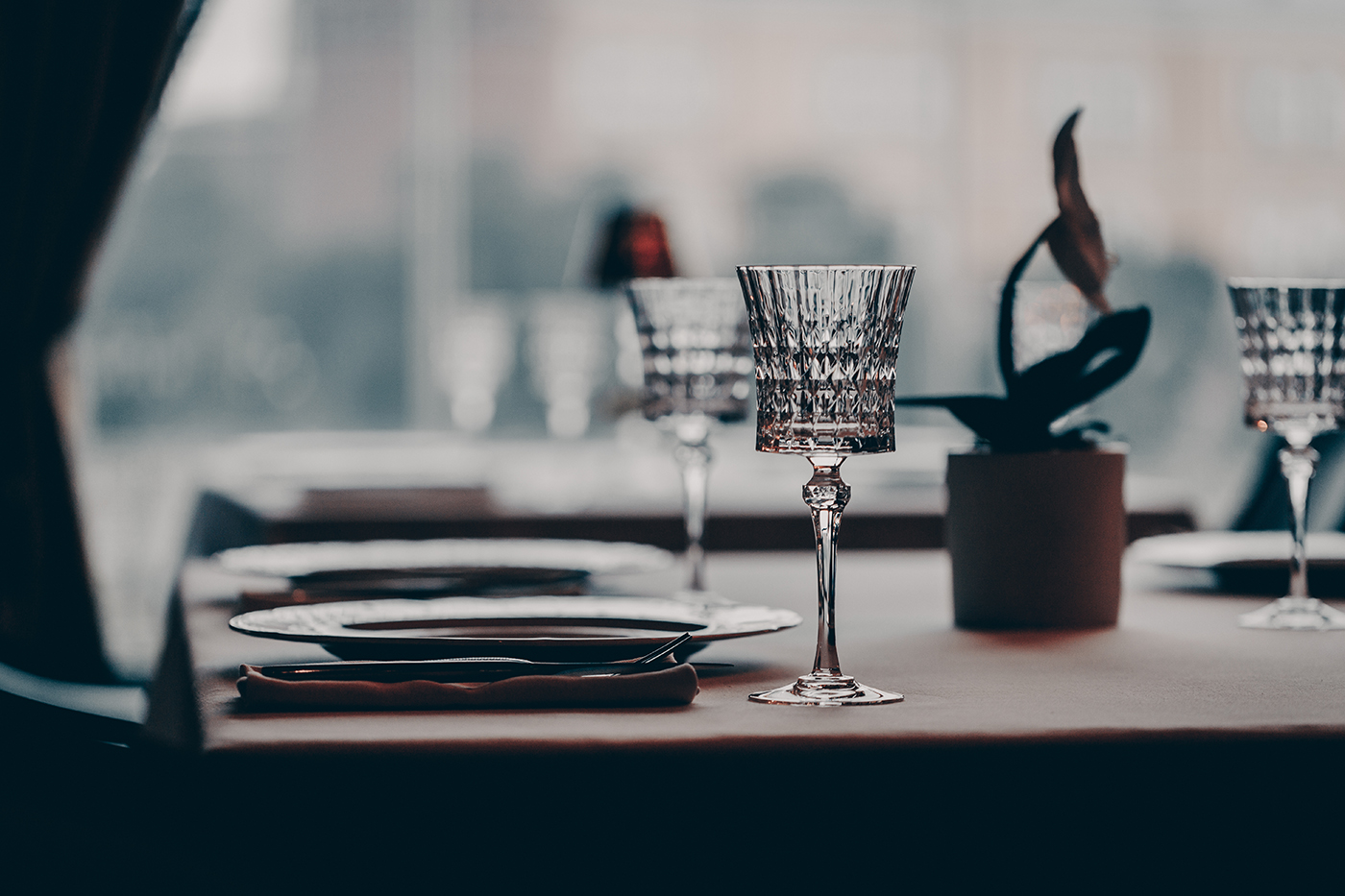
What equipment do you use most often in the kitchen?
Head. I can’t say that I have a favorite gadget, but, naturally, to achieve some quality point that you are striving for, you need high-quality equipment that will take you there. If you want to make a very smooth, tender puree, you need a good high-speed blender that will give you the ability to do this. Of course, you need to use the equipment that allows you to achieve the result you are aiming for. Well, you can’t save on equipment and inventory, which will ultimately let you down. This is the worst thing that can happen.
What is the most difficult and most enjoyable part of your job?
Well, probably these are two different things :)
The hardest thing is to be constant. There is a certain part of the work that is routine and long - maintaining quality at the same level is, of course, difficult. But when it works out, it is certainly pleasant. You try to get out of your comfort zone, work with your guys so that they also understand the philosophy, develop themselves, and strive to do better. At the end of the day, when you leave the restaurant, there is a room full of satisfied guests, and at the reception they say that everything is fine - this is one of the most pleasant moments in our work. Also, this, of course, is an opportunity for endless development. Well, and, of course, travel - I am grateful to the universe for that. You see the existence of other people, their life path, philosophy, and you make new acquaintances. Our whole life is communication, even when alone with yourself you continue to communicate - with the objects around you, with yourself. One of the most difficult things is to teach people to communicate with each other correctly, so that everything goes well for them, and everyone knows what to do and is responsible for their actions - this is a long work with people.
Working with a team is one of the most difficult things in any profession, but how do you maintain order in the team?
The most important thing is rules and discipline, because if there are no rules, then a person sometimes does not know how to behave. For example, he has his own ideas about what is good and bad, I have mine, and they should be the same for the entire kitchen, because this is a professional relationship. At work you are alone, at home you can be completely different and behave as you want. For example, a subway car goes in one direction for 5 stops, and you get on it and expect it to go in the other direction, because you want it that way, but that doesn’t happen! It's the same here. Either you sit down and go with everyone else, or you sit in another carriage.
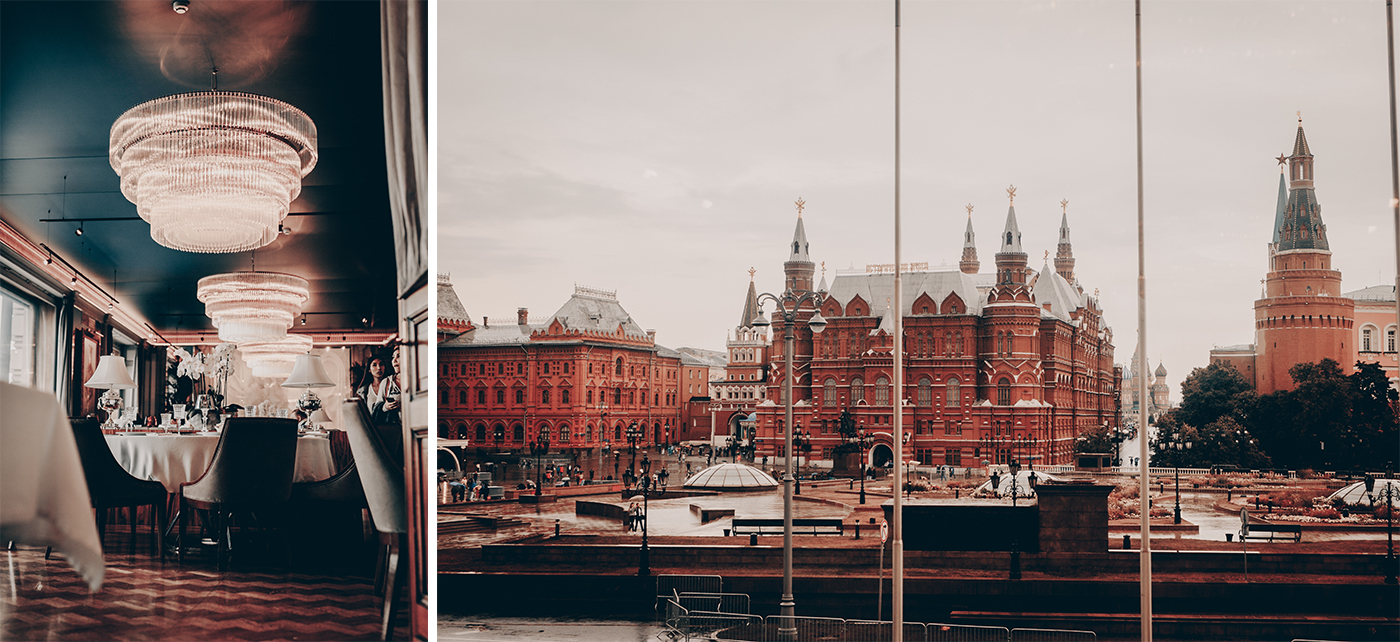
What about your job never changes?
There will always be satisfied and dissatisfied people, there is always a balance between good and bad. It `s naturally. Anywhere in the world, in the most luxurious hotel or restaurant, there will be people who liked something and didn’t like something. As a guest, you can be satisfied, but the next table will be indignant: “What is this terrible view here?”, “What is this terrible food?” People can be dissatisfied with even the most beautiful things and enjoy the most trivial little things.
What do you need to do to become a professional in your field?
Devoting time to this will not make anything happen on its own. I don’t know a single professional who would become one just like that.
We see athletes at the peak of their form: their victories are the peak that they reached over a certain number of years, and they spent these years in training, pain, sweat, spent a certain amount of time on this, and this needs to be understood, no matter in what direction you didn't set a goal. Goals can be different, and the higher the goal, the more time it takesyou have to dedicate, improve yourself, get out of your comfort zone. First of all, it is a matter of self-discipline and desire, but a certain amount of luck and talent are also important.
Don't spread yourself too thin, because you might lose sight of your target.
I think if you think positively, luck will follow, but failure and pain are also part of growth, and luck cannot be constant. There is no boxer who never loses. You need to draw conclusions and act consciously.
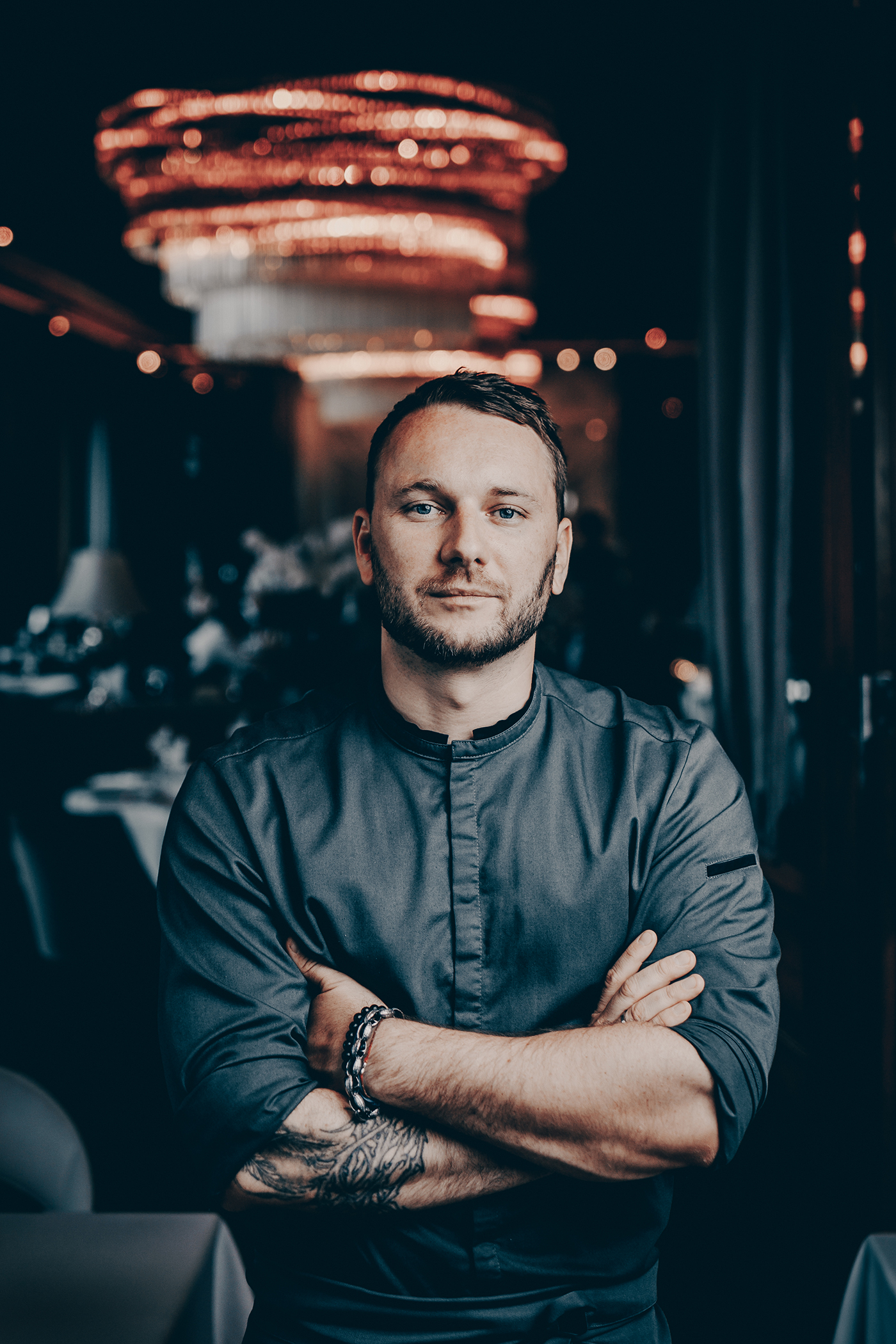
















































/https%3A%2F%2Fcomplexbar.com%2Fimages%2Fblog%2F58%2F01_portrait1.jpeg)
/https%3A%2F%2Fcomplexbar.com%2Fimages%2Fblog%2F246%2Fsirop_scale_2400.jpeg)
/https%3A%2F%2Fcomplexbar.com%2Fimages%2Fblog%2F246%2Fkofe-vostochniy.jpg)
/https%3A%2F%2Fcomplexbar.com%2Fimages%2Fblog%2F245%2Fpexels-jason-villanueva-851555.jpg)
/https%3A%2F%2Fcomplexbar.com%2Fimages%2Fblog%2F246%2F2024-04-09_17.22.54.jpg)
/https%3A%2F%2Fcomplexbar.com%2Fimages%2Fblog%2F246%2F2024-04-09_17.22.47.jpg)
/https%3A%2F%2Fcomplexbar.com%2Fimages%2Fblog%2F246%2FCODE_anons_foamydrops_752%D1%85480_eng.jpg)
/https%3A%2F%2Fcomplexbar.com%2Fimages%2Fblog%2F246%2FAlina_752%D1%85480_eng.jpg)
/https%3A%2F%2Fcomplexbar.com%2Fimages%2Fblog%2F246%2F2024-04-09_17.23.22.jpg)
/https%3A%2F%2Fcomplexbar.com%2Fimages%2Fblog%2F246%2F2024-04-09_17.23.28.jpg)
/https%3A%2F%2Fcomplexbar.com%2Fimages%2Fblog%2F246%2F2024-04-09_17.23.35.jpg)
/https%3A%2F%2Fcomplexbar.com%2Fimages%2Fblog%2F246%2Fdrinksome_752%D1%85480_eng.jpg)
/https%3A%2F%2Fcomplexbar.com%2Fimages%2Fblog%2F246%2Fnude_752%D1%85480_eng.jpg)
/https%3A%2F%2Fcomplexbar.com%2Fimages%2Fblog%2F246%2F752%D1%85480_eng__1_.jpg)
/https%3A%2F%2Fcomplexbar.com%2Fimages%2Fblog%2F246%2F752%D1%85480_eng.jpg)
/https%3A%2F%2Fcomplexbar.com%2Fimages%2Fblog%2F246%2FStudioRaw_752%D1%85480_eng.jpg)
/https%3A%2F%2Fcomplexbar.com%2Fimages%2Fblog%2F246%2FDoppio_tea_752%D1%85480_eng.jpg)
/https%3A%2F%2Fcomplexbar.com%2Fimages%2Fblog%2F246%2FTognana_Stars_Stripes_752%D1%85480_eng.jpg)
/https%3A%2F%2Fcomplexbar.com%2Fimages%2Fblog%2F246%2FRona_752%D1%85480_eng.jpg)
/https%3A%2F%2Fcomplexbar.com%2Fimages%2Fblog%2F246%2FDoppio_vending_752%D1%85480_eng.jpg)
/https%3A%2F%2Fcomplexbar.com%2Fimages%2Fblog%2F246%2FEssence_sukhie_smesi_752%D1%85480_eng.jpg)
/https%3A%2F%2Fcomplexbar.com%2Fimages%2Fblog%2F246%2FODK_sukhie_smesi752%D1%85480_eng.jpg)
/https%3A%2F%2Fcomplexbar.com%2Fimages%2Fblog%2F246%2Funiforma-barmena.jpg)
/https%3A%2F%2Fcomplexbar.com%2Fimages%2Fblog%2F246%2Fkak-nanyat-barmena.jpg)
/https%3A%2F%2Fcomplexbar.com%2Fimages%2Fblog%2F246%2Fsirop_scale_2400.jpeg)
/https%3A%2F%2Fcomplexbar.com%2Fimages%2Fblog%2F246%2FPeugeot_Anons_Paris_U%27Select_Line_Daman_752%D1%85480_eng.jpg)
/https%3A%2F%2Fcomplexbar.com%2Fimages%2Fblog%2F246%2Fkofe-vostochniy.jpg)
/https%3A%2F%2Fcomplexbar.com%2Fimages%2Fblog%2F246%2FMadler.jpg)
/https%3A%2F%2Fcomplexbar.com%2Fimages%2Fblog%2F246%2Fprofbartender_glavn.jpeg)